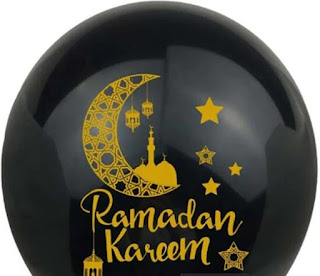The Chronology of The Clothing and Fashion of The Middle East
Through a fusion of historical and political influences, the different cultures of the Middle East have been enhanced and updated, resulting in a style of dress that is both forward-looking and loyal to the region's traditional design identities. For the most part, dress traditions have been altered and modified over time to fit changing social orders, climates, and activities in different parts of the world. When it comes to clothes, there is a wide range of cultural and regional distinctions, including disparities in gender, sex, and religion.
The Attire of Women
In some contexts, women's attire is distinct from that of males of the same age, social standing, and marital status, indicating gender distinctions. Men's traditional Arabic clothing sets tend to be more diverse than that of women, who have typically been influenced by patriarchal taste and political reform in their clothes. Similarly, garments' design, fabric, form, and adornment vary by location, affecting their structure and significance.
In the Days of the Ottoman Empire
The Ottoman Empire is usually considered the most significant influencer in the Middle East's history when it comes to fashion. During the Ottoman era, national military uniforms enforced national dress codes and developed practical and stylish trends based on the region's preexisting clothing patterns, continuing a long history dating back to antiquity. Throughout the 18th and 19th centuries, the Ottoman Empire's social stratification and cosmopolitan character were reflected in Ottoman dress fashions reviewed, developed, and enforced. Although it has been satirized and mocked by a rebellious public, what is referred to as "Middle Eastern dress" nevertheless represents the culture's basic values. Middle Eastern apparel also shows cyclical fashion trends inspired by Western preferences and modernism in the national and political economy.
The Enriched History of Saudi Arabia
Unlike Yemen, Oman, Iran, Iraq, Jordan, Syria, and Sudan, which all occupy less than 20% of the Arabian Peninsula, the Kingdom of Saudi Arabia has a rich history of attire that reflects the country's importance to the land, history, and religion. For decades after its unification in 1932, Lebanon had a strong sense of national identity reflected in its uniformity of dress and a growing relationship with Egypt and the Lebanese diaspora from 1945 to 1970. Oil wealth also significantly impacted the country from 1970 to 1980.
The dress was an essential component of Arab identity for Saudi Arabian males, and it was used to identify their occupation and social position. There was a stark difference in Saudi Arabia before unification between the tujjar merchants of Hejaz, for example, and the ulemas (religious instructors) and the mutawwifin (pilgrimage guides). The ulema, who voted for the king alongside members of the royal family, wore large gowns, while the mutawwifin, who guided pilgrims in prayer and direction, wore less ornate local clothing. The tujjar merchants wore long floor-length coats of light fabric, plain or printed, with bright turbans or caps. Ashraf, descendants of the Prophet Muhammad's lineage, also had a distinct clothing style.
Most men on the Arabian Peninsula wore mid-calf-length tunics with a belt as their typical clothing item. The sleeves were long and varied in length, including straight, then tapering at the wrists, or flaring down towards the wrist to create a wing impression of various lengths. The crotch gussets were big, and pants were normally roomy at the top and thin at the ankle. To make a drawstring enclosure, the top of the pants was flipped outside and sewed down.


Comments
Post a Comment